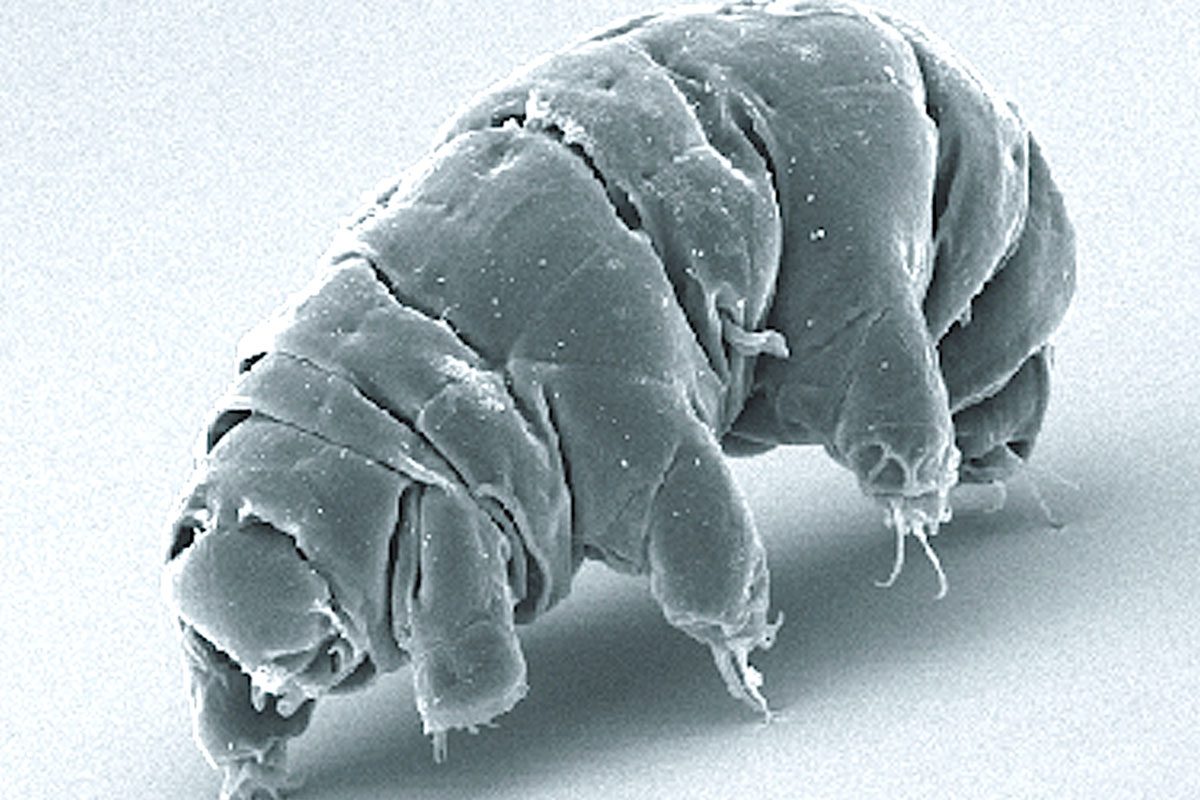The Israeli Beresheet spacecraft was launched on 22-Feb-2019 from the USAF base in Cape Canaveral by a SpaceX Falcon 9 B5 launcher. It was the “secondary” payload, the “main” being Indonesia’s PSN-6 geostationary communications satellite.
Beresheet was developed by SpaceIL to promote STEM (Science, Technology, Engineering, Math) teaching and learning. Its purpose was to land on our natural satellite: after launch, it was inserted into Earth orbit, and at each orbit it increased its apogee. This latter, in the fourth orbit, was so far away from Earth and so close to the Moon that the spacecraft was captured by our satellite’s gravity pull and entered lunar orbit (04-Apr-2019).
In this context it attempted to make a soft landing, but problems caused the spacecraft’s deceleration to be insufficient, and it impacted the lunar soil on 11-Apr-2019. End of the mission. In August 2019 it was revealed that the cargo included … tardigrades! The impact on the ground destroyed the artifact, and as a result the tardigrades were “released”, and settled into the lunar soil. The problem: such living organisms are extremely hardy under adverse conditions and are probably the new living “inhabitants” of the once barren Moon.
It is important to mention that Beresheet was not the first spacecraft to carry living beings of this species. Several other probes, and even manned missions, such as the ISS expeditions, took various species of living beings aboard to conduct various studies.
References
https://globalnews.ca/news/5730770/tardigrades-on-moon/
https://www.popsci.com/tardigrades-on-the-moon-alive/
https://www.bbc.com/news/newsbeat-49265125

